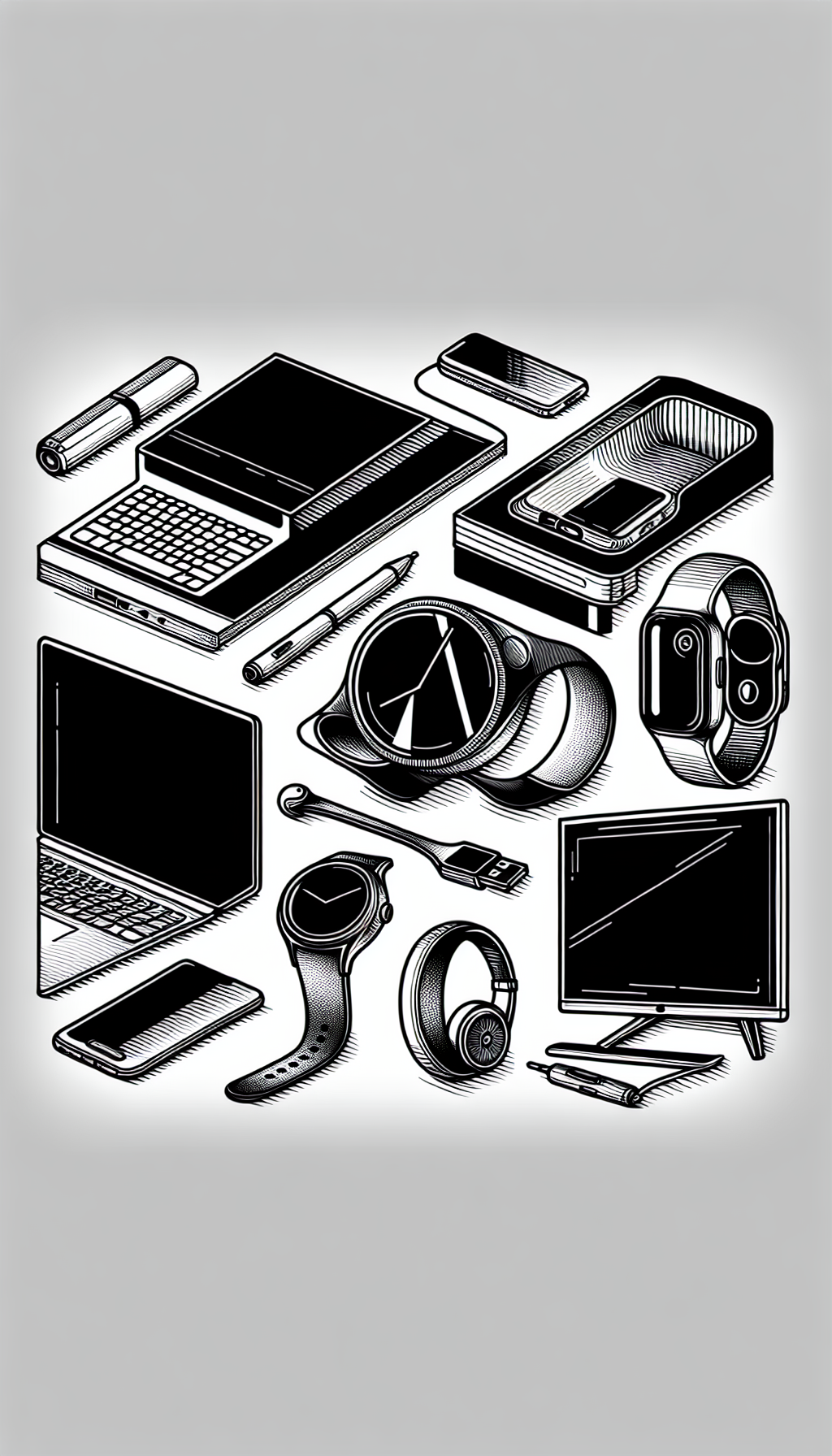The Rise of Smart Home Technology: Convenience at Your Fingertips
In recent years, smart home technology has surged from the realm of futuristic fantasy into a reality accessible to the average consumer.

This transformation is reshaping how we interact with our living spaces, bringing unprecedented levels of convenience, security, and efficiency right to our fingertips.
The Core Components of Smart Homes
Smart home technology typically revolves around a few core components: smart speakers, smart lighting, smart thermostats, and security systems. Devices like Amazon Echo, Google Home, and Apple HomePod serve as the central hub, allowing users to control various aspects of their home environment through voice commands or mobile apps.
Smart lighting systems, such as Philips Hue, enable homeowners to adjust the brightness and color of their lights remotely, set schedules, and even sync lighting with music for an immersive experience. Meanwhile, smart thermostats like the Nest Learning Thermostat optimize heating and cooling patterns based on user behavior, significantly reducing energy consumption and costs.
Enhanced Home Security
One of the most compelling aspects of smart home technology is its potential to enhance security. Modern security systems often include smart locks, video doorbells, and surveillance cameras. Devices like the Ring Video Doorbell allow homeowners to see and communicate with visitors in real-time, regardless of their physical location. Smart locks can be controlled remotely, providing the capability to lock or unlock doors for family members or service providers without needing to be present.
Moreover, many smart security systems come with integrated alarms and can send real-time alerts to your smartphone in case of unusual activity. This real-time monitoring and instant communication significantly bolster home security, providing peace of mind to homeowners.
The Role of AI and Machine Learning
Artificial Intelligence (AI) and Machine Learning (ML) play pivotal roles in the evolution of smart home technology. These technologies enable devices to learn from user behavior and preferences, making them more intuitive and efficient over time. For instance, smart speakers can learn your routine and proactively suggest actions, such as turning on the coffee machine when you wake up or dimming the lights as bedtime approaches.
Interoperability and the Future
One of the ongoing challenges in the smart home industry is achieving seamless interoperability between different brands and devices. Initiatives like Matter, a unifying standard backed by major tech companies, aim to solve this by ensuring that devices from different manufacturers can work together harmoniously. This standardization is expected to drive further adoption and innovation in the smart home sector.
Looking ahead, the future of smart homes appears even more promising with advancements in 5G technology, which will offer faster, more reliable connectivity. This will enable more complex and responsive smart home ecosystems, further enhancing the user experience.
Smart home technology is no longer a luxury reserved for tech enthusiasts; it has become an integral part of modern living. By offering enhanced convenience, improved security, and greater energy efficiency, smart home devices are revolutionizing our daily lives.
As technology continues to advance, the smart homes of today are just the beginning of an increasingly connected and automated future.
